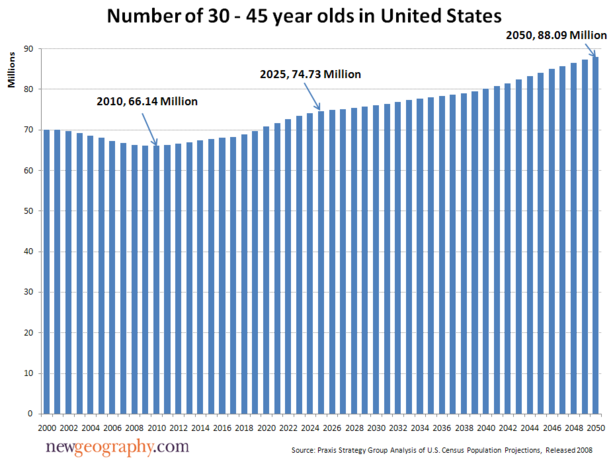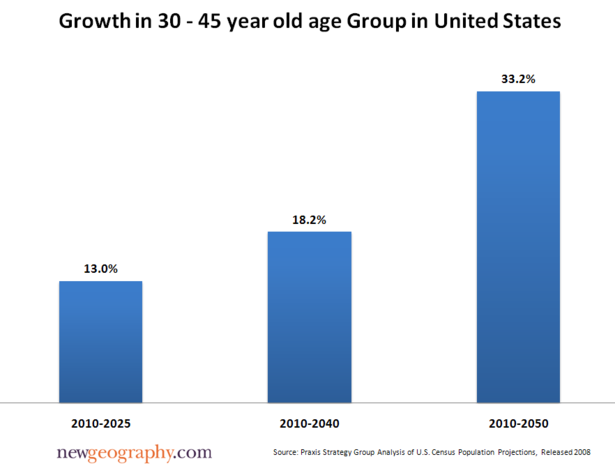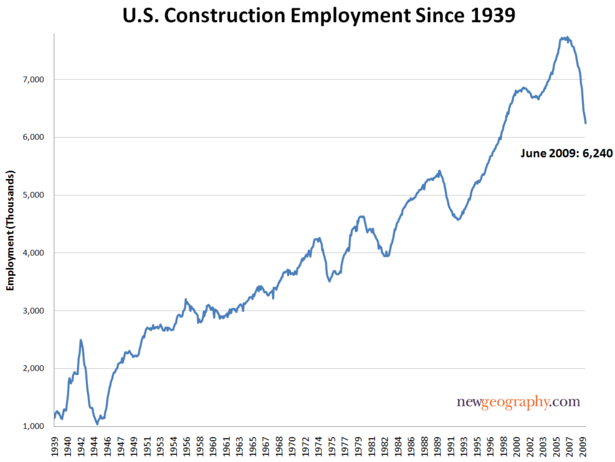This week in the UK saw the publication of a much-awaited report on social mobility. Member of Parliament Alan Milburn chaired the “Panel on Fair Access to the Professions,” which studied which segments of the British population are advancing upward into the professional class. The report has generated coverage and discussion in nearly every media outlet. So what did the report conclude? Essentially, it found that, in increasing measure, the more affluent a child’s family, the more likely he or she will get a professional job such as a lawyer, doctor, or teacher, while children in poorer families will not. It further concludes that the UK’s track record on social mobility is not good and, since professional jobs require higher educational attainment, education reform must be a top priority in the next British government.
In some ways, these conclusions were anti-climactic, because they repeated what observers of intergenerational mobility have already seen, namely that the UK has had flatter social mobility compared to other European countries (consider this Sutton Trust report). And it’s hardly news that the present economy places a premium on services and knowledge-based industries, which in turn makes education all the more important. The report, as a product of a Labour government, should be applauded for going so far as to recommend school vouchers as a way to improve educational attainment.
But the report’s logic regarding the “professions”—those valuable occupations that hold the key to upward mobility—has gone untested in the media’s coverage of the findings. The report claims that there are currently 11 million jobs in Britain that qualify as “professional” occupations. The largest single group within this elite cohort is listed as “local government,” which accounts for 2.25 million jobs. The next largest is NHS, the UK’s national health program, at 1.4 million. The third largest is teaching at 700,000, the majority of which are presumably government-funded salaries. Together, these three groups account for 40 percent of the total.
Are the other 60 percent of professional jobs supposed to generate the tax revenue that will pay for the other 40 percent? Probably not. Financial sector jobs, which create a sizable portion of British GDP, are not included in the list of “professions.” Therefore it seems that an unstated aspect of the report’s logic is that the UK needs to ensure that financial services continue to generate enough income that can be taxed at high rates to pay for “ the professions.” Or, perhaps to be fairer, new types of professional jobs (the report cites a rapid growth in “creative industries” such as music, fashion, and TV) will be created to pay the bill.
Either way, it is odd that a government report puts forward a strategy for increasing upward mobility that relies so heavily on government-funded jobs—especially considering that the government plans to tax top earners at 50 percent next year, a rate that would presumably affect a fair number of professional people. And all of this is on top of a general agreement that government spending needs to be reduced somehow in order for the UK’s economy to recover.
Does this problem sound familiar? Regular readers will surely have noted Joel Kotkin’s important July 22 article on the meltdown in blue states, a key ingredient of which is bloated public sector employment. These are the same states that have relied upon the self-defeating strategy of raising taxes to pay for it all. And these are the same states that have a disproportionate effect on the logic that Obama and Congress use to make economic decisions. Britain is, in some way, a big blue state. The U.S. is not yet a blue country. How and whether it increases the rolls of government-funded jobs as an overall percentage of the workforce will be a key indicator of how blue it becomes. This is clearly a live issue Obama’s healthcare, energy, and stimulus spending priorities.
Ryan Streeter is a senior fellow at the Legatum Institute.
This blog entry originally appeared at The American.















